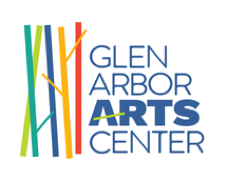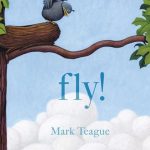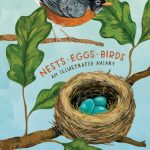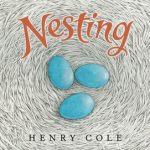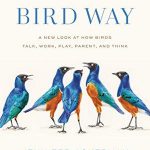During the New Views: Birdlandia exhibition [May 15 – July 16], we’ll explore the subject of birds from different angles.
The spring brings a return of birds who overwinter in other places, as well as increased visibility of the avian residents who stay here year-round. Just in time for this seasonal shift, Sue Boucher, owner of the
Cottage Book Shop in Glen Arbor, has added seven new books about birds to her shelves.
GLEN ARBOR ARTS CENTER: The new bird books you selected touch on these topics: the origins of bird names, facts and anecdotes, science, fiction. What’s the interconnection between all these books?
SUE BOUCHER: Bird books always are of interest to everybody. It’s our thing — partly because I like them, and people who come up here like them.
GAAC: What accounts for the popularity and appeal of bird books?
SB: There are so many people who love the out-of-doors, nature and birds. It’s a great category at our store because I have a passion for the category, and our customers do, too. Things have changed in the past 20 years. It used to be there were just a lot of field guides. But as people’s interest in birds increased, this category became more populous.
GAAC: Why did you choose these particular bird books? For their words? Their pictures?
SB: Both. Great illustrations are appealing and so is new information, or looking at things in a different way. David Sibley’s books have flown off the shelf since his beautiful and detailed, illustrated identification books came out years ago. Bird people want to hear what he has to say, they feel his passion for the subject. The Bird Way gives us important new information about how birds think. Nest Eggs Birds is just a beautiful book to look at, the illustrations are spectacular. For people who love trivia and interesting information about birds, Mrs Moreau’s Warbler fits the bill. The children’s books offer everything from beautiful art to clever text and stories that children can relate to.
GAAC: Do new bird books often show up on your shelves in the spring?
SB: They usually are published before the big gift giving times in fall, which would be the biggest gift-giving time for most stores or spring in which many gifts are given for Mother’s Day, Father’s Day and Graduation. Spring would be the biggest time for bird books for obvious reasons though, like bird migration.
To find out more about these new bird books, call the Cottage Book Shop, 231/334-4223. Or, go to: https://cottagebooks.indielite.org/
